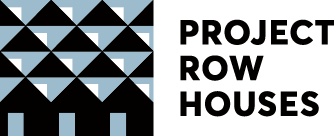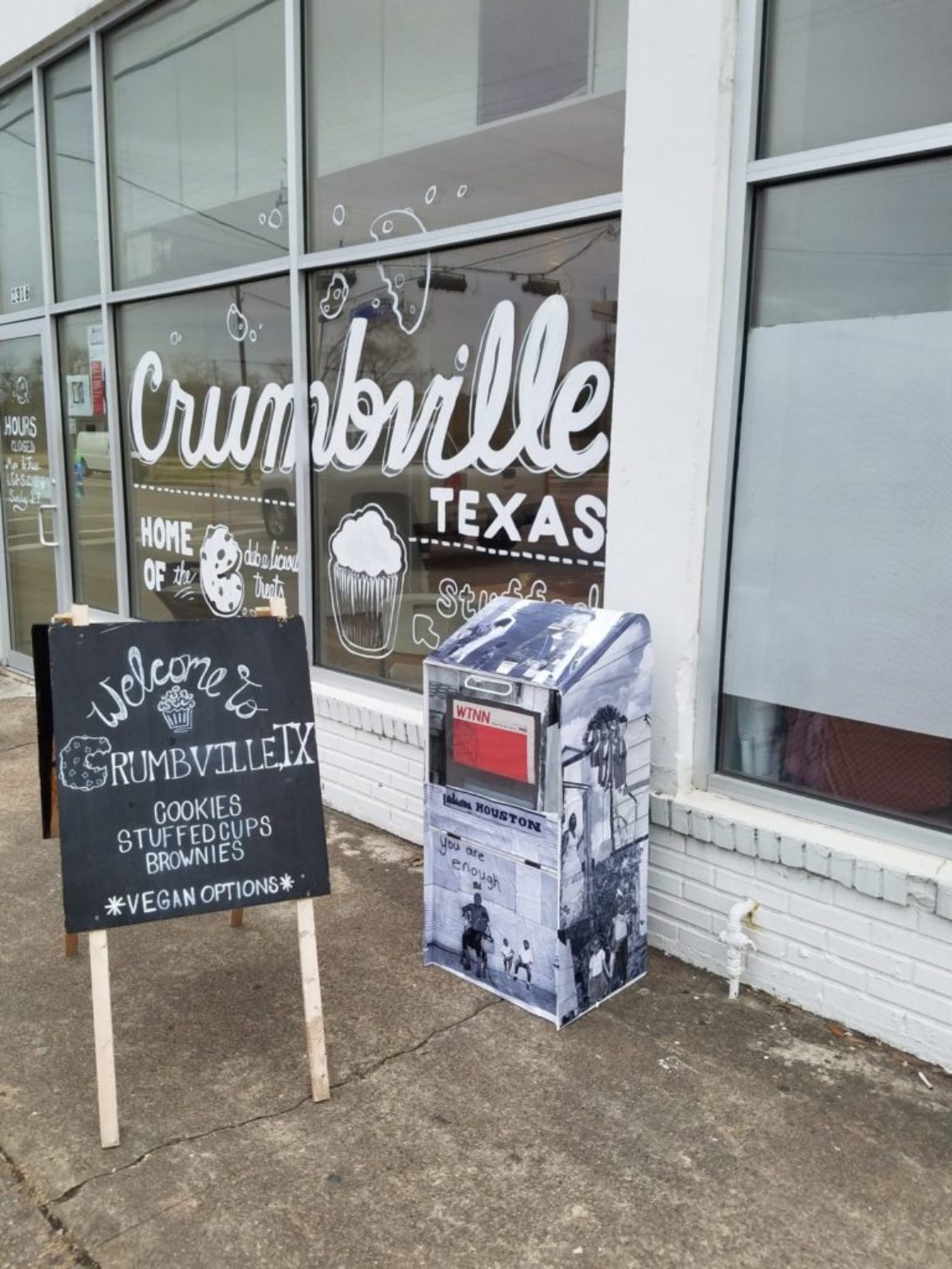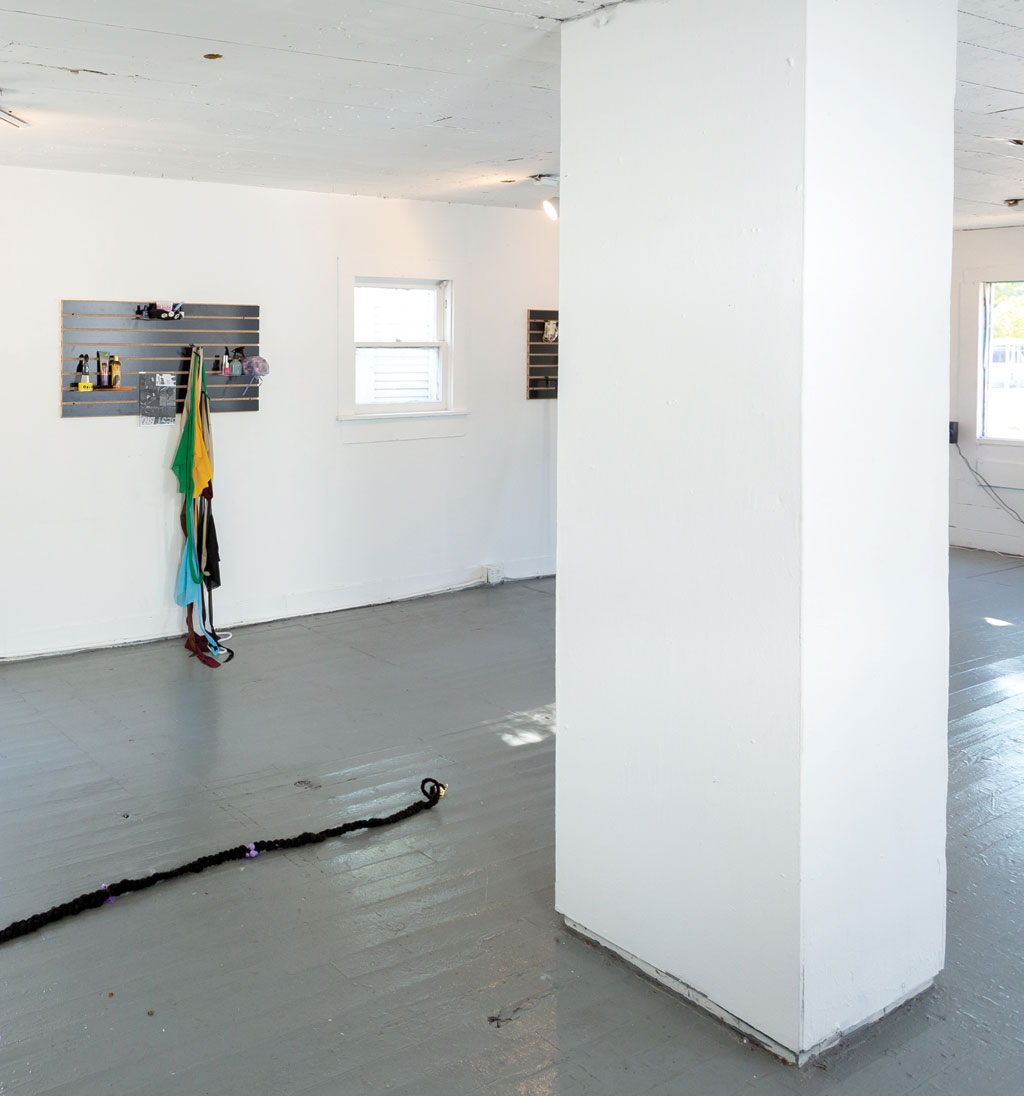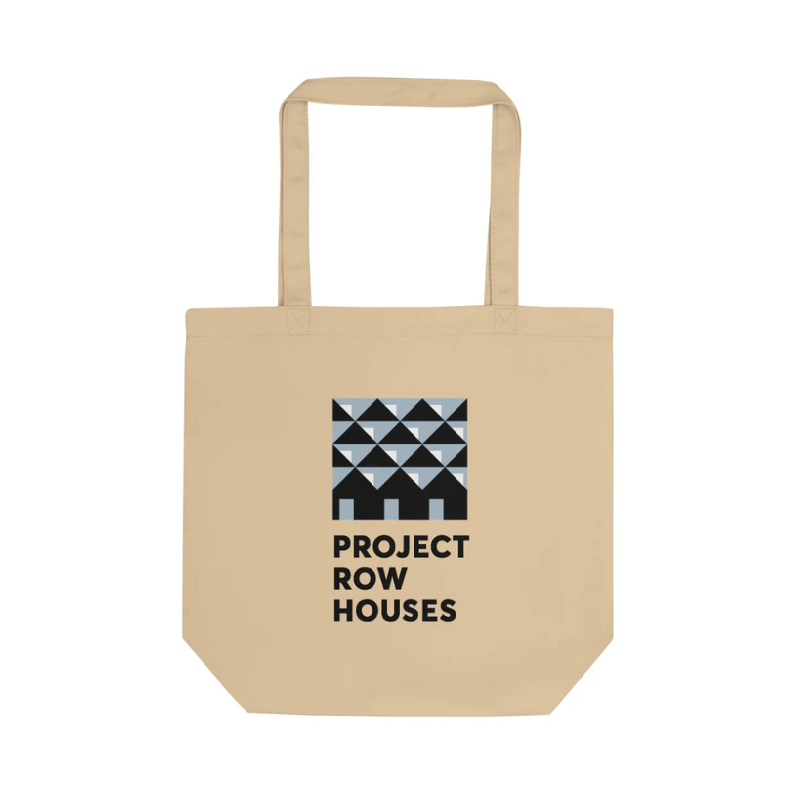**This post was initially published on the blog of Experimental Action and has been republished with their permission.
by Michael McFadden
A man decked out in suit, hat, and scarf stands on a median at the intersection of Southmore and Almeda in Houston, Texas. Under his arm, he carries a copy of a small newspaper. He gestures towards cars as they drive by or stop at the light, offering them a copy. They zip by or keep their windows rolled up. Later in the day he crafts a sign that reads “FREE! NEWSPAPER” and has a bit more luck, with many drivers still ignoring him.
Nathaniel Donnett, a native Houstonian, is a practitioner of “Dark Imaginerance,” a term he coined to define his approach to art and art-making. On his website, he describes it in the following way: “It conceptually and aesthetically ties together the sociopolitical conditions, multiple experiences, creative practices, and imaginations of black people in America and throughout the diaspora historically, presently, and futuristically.”
A recent project guided by this thought process is What’s The New News (WTNN), the publication he was carrying while cajoling drivers, commissioned by Project Row Houses as a part of their Project/Site. Unlike most newspapers, Donnett’s is organized with a purpose beyond education or sway. He asks his readers to reconsider the object itself, how the content reflects the life of its community, and the process of media consumption. The publication contains reflections, poems, raps, and articles written by residents of the Third Ward and artists with practices that similarly engage communities.
Donnett’s newspaper draws inspiration from performances by artists who interrogate representation and social hierarchies. In 2000, artist William Pope.L performed Eating the Wall Street Journal at SculptureCenter. The artist sat on a toilet raised 10 feet in the air adorned only in a silk tie, gold watch, a jockstrap, and a light dusting of flour as he consumed an issue of the Wall Street Journal along with milk and ketchup. Through this act, he hoped to draw in the power that the publication – through its advertisements and uplifting of consumer culture – promises to its readers.
The Yes Men similarly drew on the power of the press when they printed their own version of the New York Times, freeing their imaginations to show how the world could be. Their articles made claims of free public universities and the nationalization of oil & gas companies, ones that choose to support climate change efforts. Where they focus on an ideal world, though, the writers of WTNN focus on the reality of their community.
Houston-based writer and photographer Jean Sebastien’s “Accepting the Evidence” recalls a conversation with a neighbor and flows into a battle cry of sorts that calls out the invasion taking place in the area, the barracks being built in the shape of townhouses. “What is the battle? Who is the enemy? Don’t tell me what it is, I can see.”



